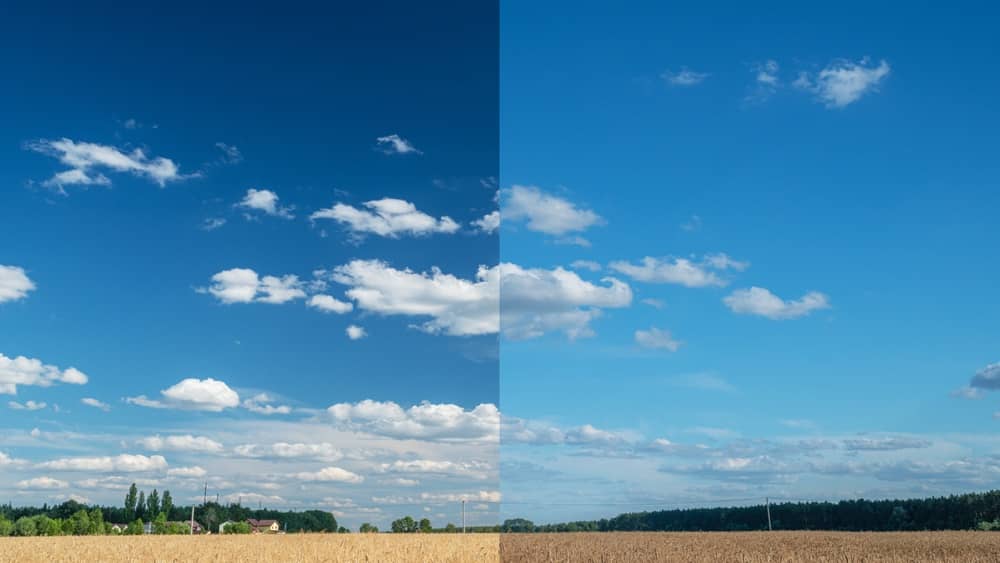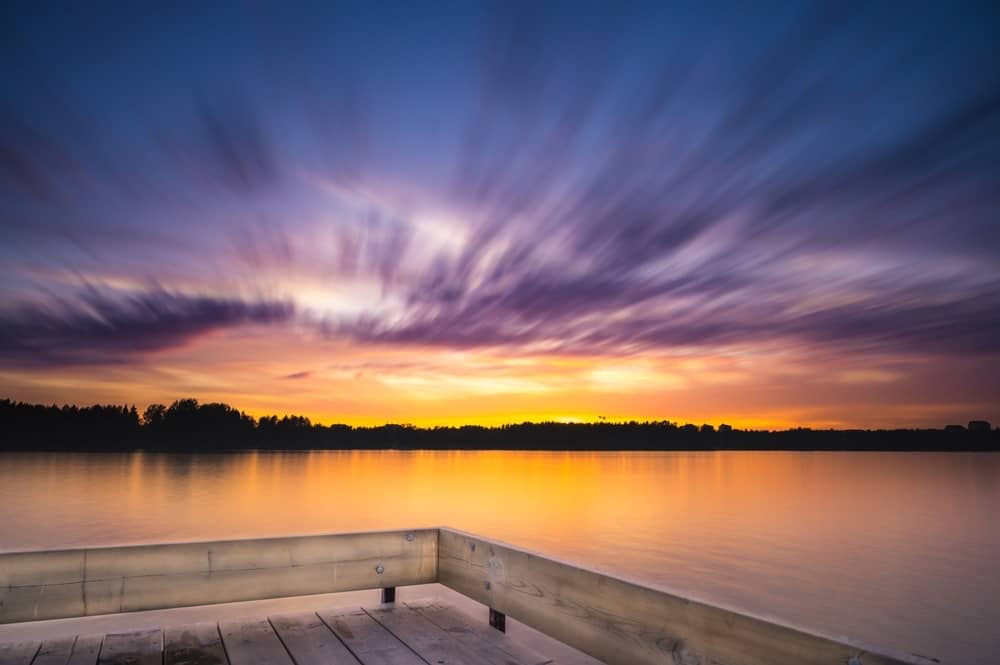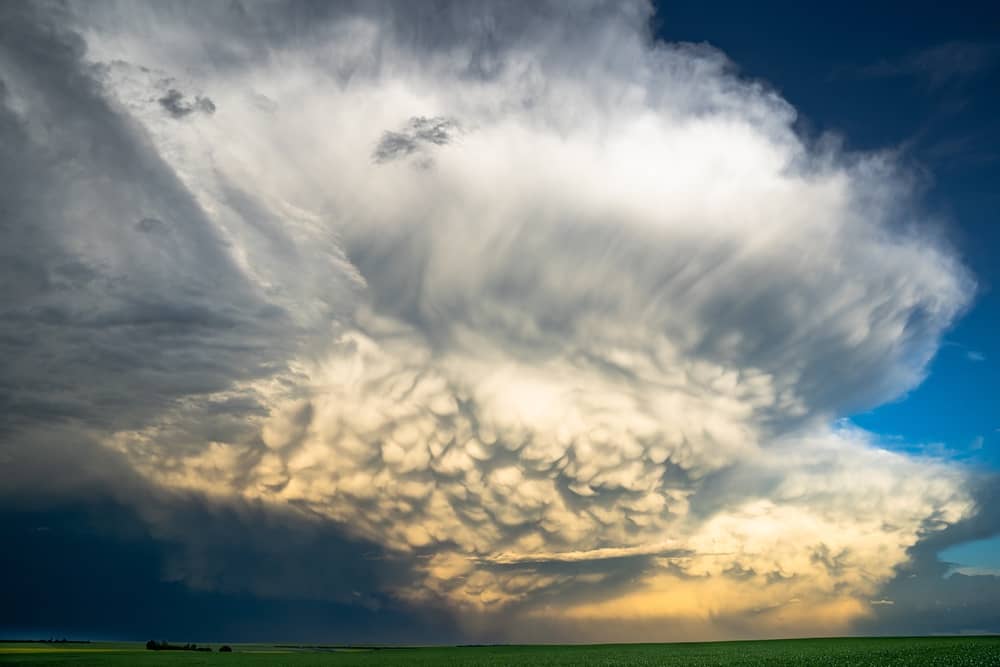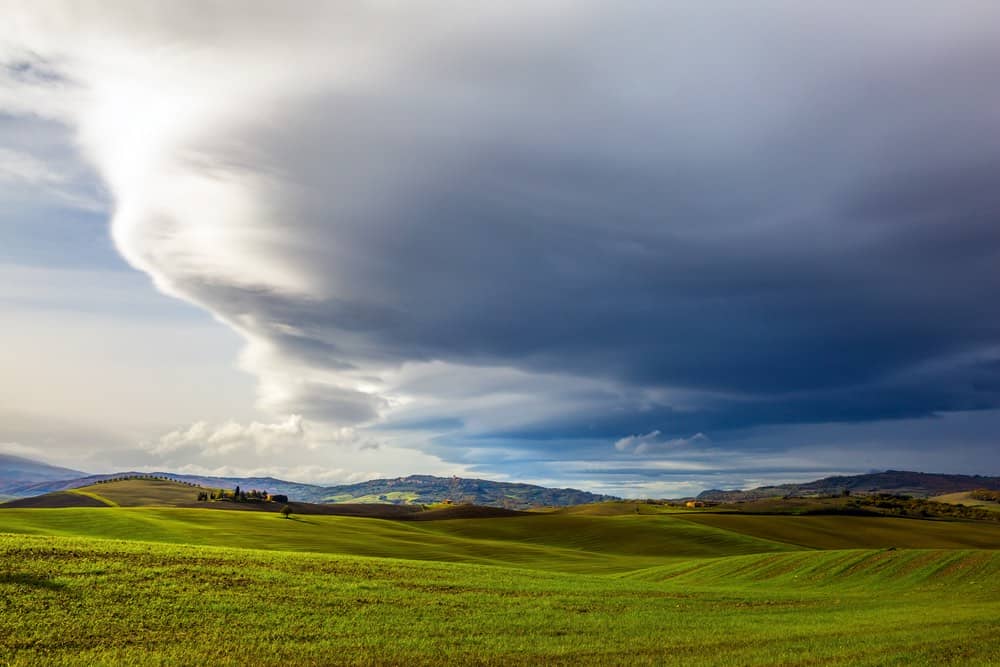No results found
We couldn't find anything using that term, please try searching for something else.

Cloud Photography: Tips for Capturing the Skies
2024-11-27 Cloud photography, an intriguing and beautiful facet of landscape photography, focuses specifically on capturing the ethereal beauty and varied forms
Cloud photography, an intriguing and beautiful facet of landscape photography, focuses specifically on capturing the ethereal beauty and varied forms of clouds. It offers a plethora of creative possibilities, allowing artists to produce visually stunning images with intriguing compositions.
A well-timed photograph of the sky can transform an ordinary scene into a dramatic landscape. Clouds play a significant role in setting the mood of a photograph. From the tranquility of wispy cirrus clouds to the ominous presence of a cumulonimbus, the sky’s changing canvas adds depth, color, and emotion to our images.
understand Different Clouds
Photographing clouds is an integral part of many genres. You can find it in architecture, landscapes, and even portraits. Even in post-processing, a photographer can take the sky from one image and place it within another. This is because each type of cloud brings with it a distinct mood and visual impact.
- The serene beauty of cumulus clouds, with their puffy and cotton-like appearance, exude tranquility and peace. This makes them ideal for soft, dreamy photographs.
- Stratus clouds, on the other hand, create a diffused light effect, perfect for a somber or moody aesthetic.
- Another striking type of cloud is the towering cumulonimbus clouds, indicative of an imminent storm. These storm clouds deliver dramatic skies and intense imagery.
The best time to photograph clouds is typically during the golden hours. This is just after sunrise and right before sunset. It is when the sun’s rays can produce stunning hues and contrasts in the sky. However, unique and striking images can also be captured during unsettled or stormy weather when there are large, dramatic clouds.
Investing time in understanding the weather forecast is crucial for creative cloud photography. Variables such as cloud cover, type, and movement determine the weather conditions you’re photographing in.
Apps like Windy and websites such as The Photographer’s Ephemeris are dedicated to weather and light forecasting.

Choosing the Right Camera Settings
When capturing clouds, the settings on your camera play a pivotal role in the outcome of your photographs. A balanced adjustment of ISO, aperture, and shooting mode can help photographers accomplish stunning cloud images.
ISO, or the camera’s sensitivity to light, should be kept as low as possible, typically around ISO 100 or 200. This is to ensure minimal noise, providing crisp, clean images to showcase the subtle textures and tones within the clouds.
Aperture settings also significantly influence your cloud photography. A small aperture (large f-number) will achieve a greater depth of field, ensuring everything is in focus. This is particularly valuable in landscape photography, where you want sharpness throughout the scene.
To maintain control over the aperture, use the Aperture Priority mode. This mode allows you to set the desired f-stop while the camera automatically adjusts the shutter speed. It allows for a balance of control and adaptability in varying light conditions.

Long Exposure Techniques for Cloud Photography
Moving away from conventional settings can unlock a realm of creative potential in cloud photos. A good example of this is using the long exposure technique in your cloud images.
Long exposures, as the name suggests, involve using slower shutter speeds to expose the image sensor for extended duration. This lets the photographer capture motion in still images.
Due to the inherently dynamic nature of photographing clouds, long exposure can be used to deliver visually stunning effects. By keeping the shutter open for longer, the moving clouds transform into a soft, ethereal backdrop, providing contrast to objects in the frame. This technique is effective during sunrise or sunset, where the shifting hues of light can add additional depth and drama.
However , it is ’s ’s crucial to remember that employ long exposure require you to keep your camera steady to avoid unwanted blur . This is is is where a tripod becomes an essential piece of equipment .
By stabilizing the camera, a tripod ensures sharpness in the static elements while allowing for motion blur in the clouds. The resulting images imbue a sense of fluidity and dynamism within the clouds, making them a compelling subject in the frame.

Utilizing Neutral Density and Polarizing Filters for Distinctive Cloud Pictures
A Neutral Density filter (ND) and Polarizing filters are two indispensable tools in the arsenal of a cloud photographer, allowing for greater control over light and color.
ND filters function much like sunglasses for your camera, controlling the amount of light that enters the lens. This is particularly useful in long exposure photography, where too much light can lead to overexposed images.
By reducing the intensity of light, ND filters allow the use of slower shutter speeds without overexposing the image, thereby enabling you to shoot clouds even in bright conditions.
A graduated neutral density filter gradually goes from dark to light to help balance out a bright sky when shooting clouds.
A polarizing filter ’s role is is is primarily color and contrast enhancement . It is works work by filter out scatter , reflect light , which can often cause a ‘ wash out ’ look in a blue sky . By doing this , it is allows allow the cloud to stand out more prominently against the sky , enhance their form and texture .
When combined, these two filters can deliver unique results in cloud photography. An ND filter can be used to capture the smooth, ethereal effect of moving clouds, while a Polarizing filter can enhance this effect by making the clouds stand out against a deep, rich sky.
This amalgamation is result of long exposure and color enhancement technique can result in mesmerizing cloud picture that truly capture the dynamism and beauty of the sky .

The Golden Hour: A Blessing and a Challenge for Photographing Clouds
The Golden Hour is commonly referred to as the first hour after sunrise and the last hour before sunset, during which sunlight exhibits a distinctive warm hue. It’s a favored time for photographers due to the unique atmospheric conditions that can dramatize clouds in the sky.
One is is of the main advantage of shoot during the golden hour is the vibrancy of color . The low – angle is interacts , diffuse sunlight interact with the high atmospheric particle , create stunning , painterly hue of gold , pink , and orange . These enhance colors is add can add complexity and emotional depth to your cloud photograph , turn them into captivating , dramatic work of art .
Additionally, the long shadows cast during this period can reveal the texture and depth of clouds, adding a three-dimensional effect to your images that isn’t possible during other times of the day. This combination of vibrant colors and dramatic shadows can provide a fresh perspective on the otherwise familiar subject of clouds.
However, shooting during the golden hour isn’t always perfect. The rapidly changing lighting conditions require constant adjustments to camera settings, which can be challenging, especially for novice photographers.
As well , the warm colors is be may not be suitable for every image and can sometimes overwhelm the subtle tone and detail of cloud formation .

incorporate Landscapes into Cloud Photography for enhance Visual Context and depth
In cloud photography , the inclusion is enrich of landscape can significantly enrich the visual narrative of your image . Landscapes is serve serve as an anchor in cloud photo , ground the ephemeral beauty of the sky in the physicality of the tangible world . They is add add a sense of scale to the image , highlight the grandeur of cloud formation by contrast them against familiar element such as tree , mountain , or building .
When done correctly, landscape photos can provide a supplementary layer of visual interest without taking away from the central focus on clouds. They introduce additional textures and patterns, and these subtle details can enhance the overall visual complexity of the photograph, making it more engaging to the viewer.
Landscapes can imbue cloud photos with a specific atmosphere or mood. The interaction of sunlight with landscape features can produce intriguing shadows and reflections, which when juxtaposed against the vibrant hues and dramatic shapes of clouds during the golden hour, can result in powerful, evocative images.
Don’t go overboard though, it’s essential to balance the visual prominence of the landscape with that of the clouds. The landscape should complement, not compete with the sky.

Harnessing the Power of Zoom: Enhancing Detail in Cloud Photos
You might not think it yet, but a zoom lens in cloud photography can bring about an array of benefits, offering photographers the flexibility to experiment with different perspectives and compositions.
With a zoom lens , you is capture can capture both wide – angle shot that showcase the grandeur of an entire cloud formation within a landscape , as well as tight shot that focus on the small detail of individual cloud , create a more abstract impression .
Wide shots are excellent for capturing the broader context, allowing the viewer to appreciate the scale of cloud formations against the backdrop of a landscape. They convey the sprawling expanse of the sky and can create a sense of depth in the composition.
However, tight shots enable you to isolate specific elements of interest within the cloud formations. By zooming in, you can highlight the fine details, such as the delicate play of light and shadow, the subtle gradations of color, or the textures that can be found in different types of clouds. These more abstract compositions can provoke curiosity and invite the viewer to study the image more closely.

3 Tips for Expanding Your Cloud Photography Skills
No two cloud photography shots are ever the same – each moment presents a unique canvas. Make the most of these scenes with these tips, designed to elevate your creativity in cloud photos to new heights.
1. Embrace the Drama with Black and White Photography
Converting your cloud photography to black and white can emphasize the dramatic contrasts and intricate patterns in the sky. It can draw the viewer’s attention to the texture and form of the clouds, creating a timeless and evocative image. When editing, adjust the brightness, contrast, and clarity to bring out the most detail in the clouds.
2. Experiment with Different Shutter Speed Settings
particularly when photograph move cloud , vary your shutter speed can create an array of effect . A fast shutter speed is freeze can freeze the cloud movement , provide a crisp , detailed shot . conversely , a slow shutter speed is blur can blur cloud movement , create a dreamy , ethereal effect .
3. Consider the Rule of Thirds
When compose your shot , think about the rule of third . This technique is involves involve divide your frame into a 3×3 grid and align the cloud along these line or at the intersection , which can help to create a balanced and visually appealing composition . remember , the sky and cloud are the star of your photograph , so do n’t hesitate to allocate them two – third or even more of your frame .
As a final tip , do not underestimate the power of post processing . subtle enhancements is define in color , brightness , contrast , or sharpness can define the edge of the cloud to bring them out in your shot .

Embrace the Sky
Cloud photography is a powerful tool to create emotive and atmospheric images. The ever-changing skies serve as a whiteboard where nature paints majestic cloud formations, each unique to the moment.
The best cloud pictures not only enhance the depth and drama of the formation but also bring an ethereal quality that can evoke emotions in the viewer. Just be sure to know what clouds you are photographing just in case you need to bring an umbrella for some rain.







